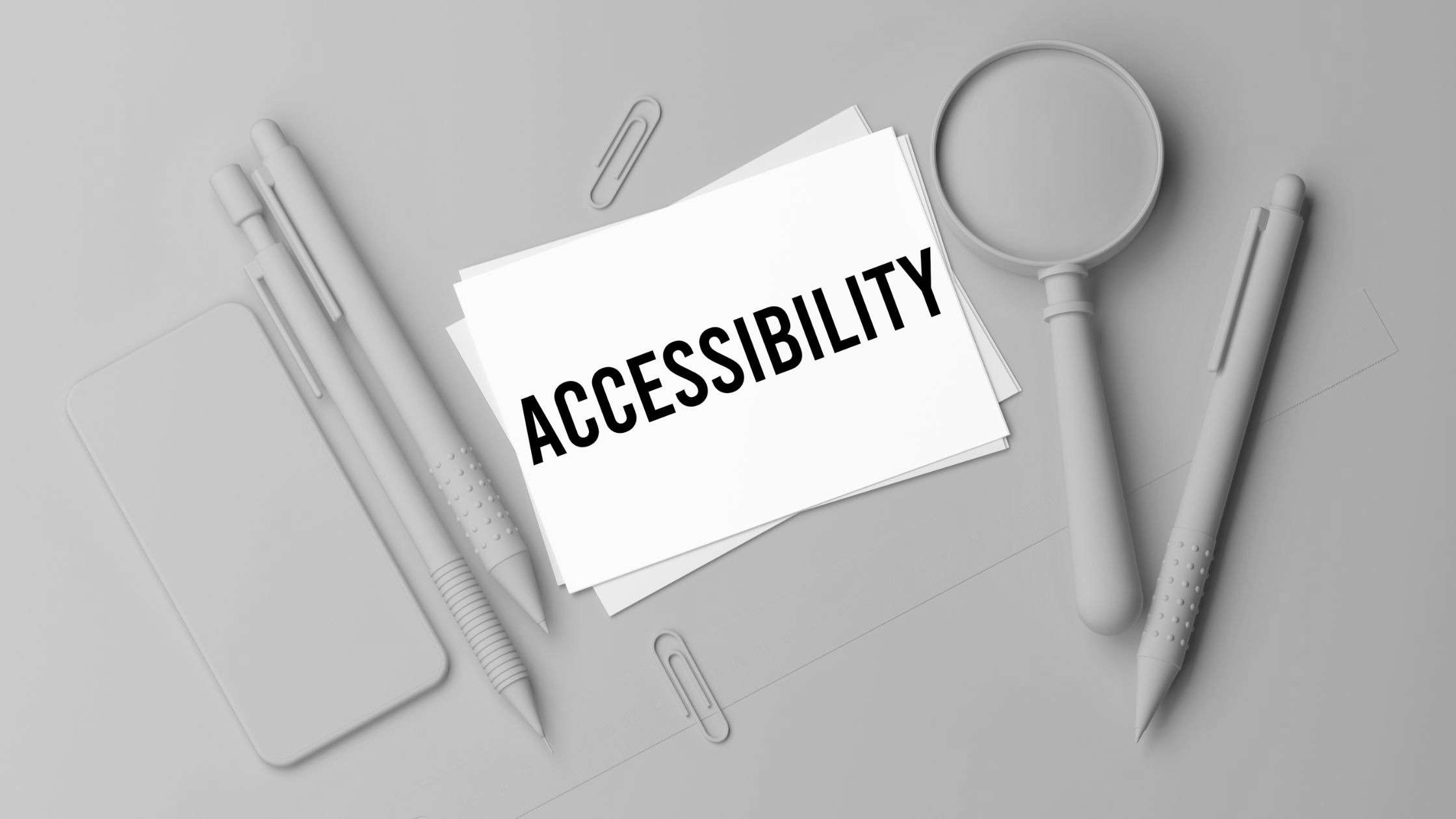Making your website or app accessible to people with disabilities is the right thing to do ethically and it is required by law in many places. Following guidelines like the Web Content Accessibility Guidelines (WCAG) published by the W3C can help ensure your digital content reaches the widest possible audience. Testing regularly is key to staying compliant as you add new features or content. This step-by-step guide will walk you through the basics of testing WCAG compliance.
1) Set Up Accessibility Testing Tools
Having the right testing tools is essential for evaluating compliance efficiently. Some good options to consider include screen readers like VoiceOver for Mac and NVDA for Windows, the WAVE Web Accessibility Evaluation Tool browser extension, and Color Contrast Analyzers.
2) Conduct Automated Checks
Automated tools can quickly identify many accessibility issues on a site, providing a good starting point for your review. Run site pages through an automated checker like WAVE to flag possible problems like missing alt text, insufficient color contrast, empty links/buttons, and more.
3) Manually Test with Assistive Technologies
While automation catches many problems, evaluating real-life usage with assistive technologies like screen readers is essential for full compliance. Listen to pages read aloud via VoiceOver/NVDA, tab through content without a mouse, and zoom to at least 200% to check readable formatting.
4) Check Color Contrast Ratios
Colors that seem perfectly legible to some can be impossible for people with visual impairments to decipher. Use a color contrast analyzer to ensure combinations meet WCAG’s minimum 4.5:1 ratio for body text. Remember to test backgrounds, borders, buttons, links, and more.
6) Examine Alt Text Quality
Alt text provides critical alternative descriptions of non-text content for blind users. Assess images, graphics, videos, and icons to confirm concise but descriptive text equivalents are present. Automated checkers look for missing alt text, but human review is needed to evaluate relevance.
7) Validate Site Structure
Logical page structure enhances understanding for users of assistive technology navigating via headings and other semantic elements. Use accessibility checkers to scan for skipped heading levels, improper HTML markup, unstructured PDFs, and similar issues that undermine cohesive flow.
8) Confirm Focus Order
Keyboard users should be able to logically tab through all interactive content in a sensible order. Carefully tab through pages while observing the focus indicator to check for content that cannot receive focus or illogical sequence. Breaks in expected flow create serious usability barriers.
WCAG compliance requires ongoing vigilance as sites evolve. Continue monitoring with automated tools and manual testing methods. Set reminders to recheck when adding new features, integrating third-party apps/widgets, or uploading fresh content like images, videos, and PDFs.
Following digital accessibility guidelines and keeping your website or application WCAG-compliant is critical for providing equal access to all users. While technical, the processes covered in this guide—from setting up testing tools to monitoring for new issues—are manageable if you dedicate regular time and resources. Document your efforts, track progress in resolving problems, and confirm fixes through ongoing automated and manual testing.
Most importantly, think about accessibility at every stage from initial designs to new features. Consider how people with vision, hearing, motor, or cognitive disabilities may experience your digital content. Design and test with their needs in mind. Not only is this the ethical path, but for many businesses and organizations, it is legally required. View accessibility as an opportunity to improve UX for all while also meeting your compliance obligations.
FAQ
Who does accessibility testing benefit?
Testing benefits people with disabilities who rely on assistive technologies to access digital content. Ensuring your site works well for them improves the experience for all users.
What are some basic tests I can do?
Quick basic checks include using screen readers, zooming in, keyboard navigation, and automated accessibility scanners. These help identify common issues.
What should I test first?
Start by running site pages through a scanner like WAVE to efficiently flag areas that need attention. Then conduct manual checks with assistive tech on key pages.
How long does testing take?
After initial broader tests, ongoing checks take minutes per page. Integrate into regular content and development workflows for sustainable compliance.
Does my site need to be perfect?
WCAG has 3 conformance levels, A, AA, and AAA to account for feasibility. Most organizations aim for A/AA standards to both meet guidelines and business needs.



